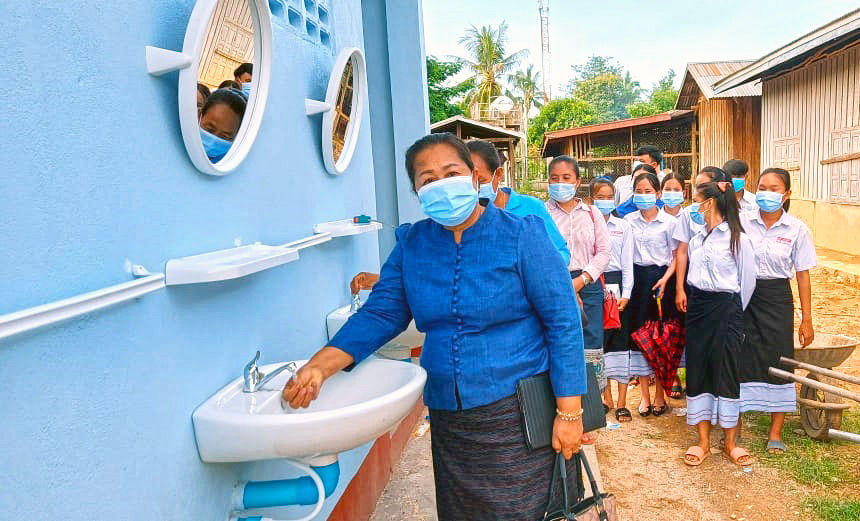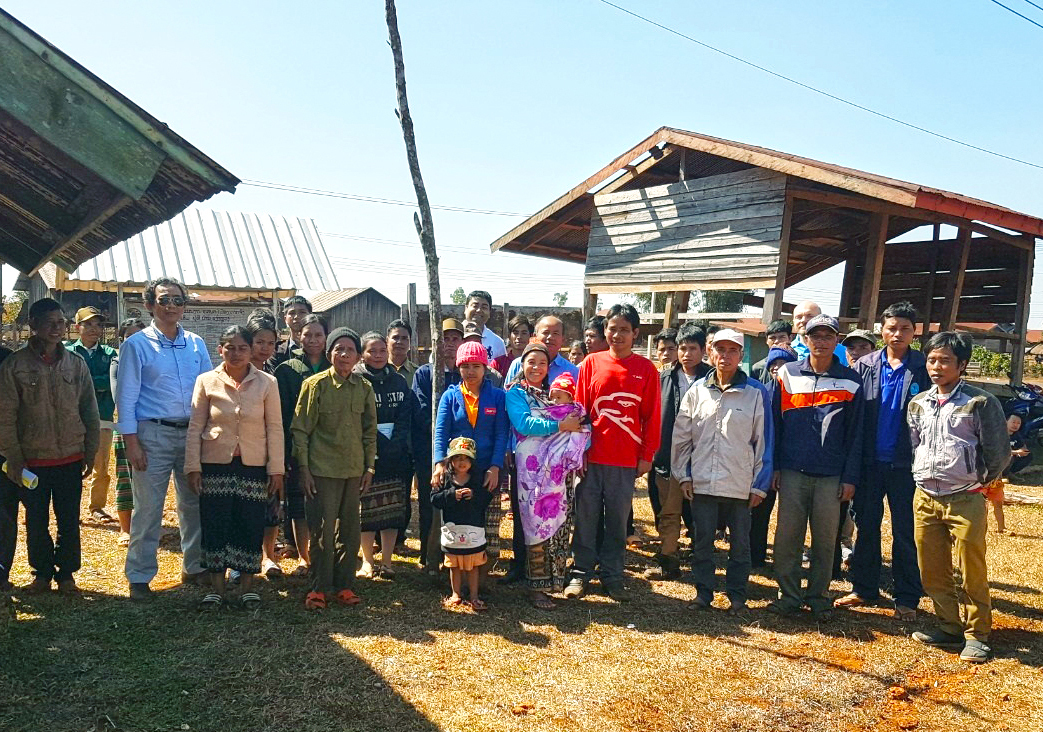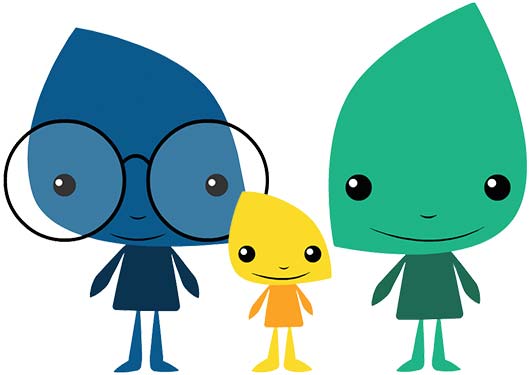As one of the world’s least developed countries, Laos falls among those countries most vulnerable to climate change, with annual rising temperatures combined with increasingly severe droughts, extreme rainfall and flooding, impacting people’s lives and livelihoods. A recently closed program brought public water amenities to people in need and had positive ripple effects into the private sector.
Clearly, the need to develop a reliable water supply and appropriate sanitation infrastructure can be seen throughout the country as an urgent first step in adapting and becoming resilient to climate-related disasters. As recently as 2018, a severe flood impacted over 700,000 people in Laos, including in Attapeu and Sekong, where the program rolled out.
“The entry point for this project was climate,” says Avi Sarkar, Head of UN Habitat, Laos, “with a strong focus on climate adaptation and mitigation to enhance the resilience of vulnerable communities.”
The program, a partnership among the Nordic Development Fund, the Stockholm International Water Institute, UN-Habitat and two provincial public water utilities, delivered Decentralised Wastewater Treatment Systems (DEWATS) to two public institutions, as well as small-scale water supply infrastructure to 23 remote communities.
“The results are truly impressive. This piloting gives an excellent benchmark on how the legal and administrative context can facilitate private sector engagement which allow for scaling up these and similar solutions. This will benefit both the local community and the climate,” says Siv Ahlberg, Program Manager at NDF.
Innovative and relevant
The two installed DEWATS can be seen as prototypes for the kinds of innovative waste-water treatment systems that could eventually be replicated at scale commercially in other parts of Laos.
One was set up in a hospital, benefiting 250 patients and staff daily, and the other in a boarding school for the benefit of 50 teachers and 638 students. In addition to managing and treating waste-water runoff, the project also included a climate mitigation piece, installing two biodigesters that would capture waste from toilet sludge and kitchen scraps to convert to biogas for cooking.
“That means the decentralised wastewater treatment systems served a dual purpose,” Sarkar explains, “treating water as well as providing part of the daily energy needs to the two institutions.”
Besides the direct eco-benefits from reduced greenhouse gas and less polluted wastewater going into rivers and streams, the two DEWATS are bringing tangible economic benefits through the energy costs savings that go with converting from fossil fuel to biogas. There was also one more unexpected co-benefit that coincided with the arrival of Covid-19.
“The program was designed pre-Covid,” Sarkar recalls, “but when the pandemic hit, the health and hygiene aspect of what we were doing, suddenly became so much more relevant.”
In this new context, the team felt a responsibility to go beyond the original design by adding water points for handwashing stations, as well as additional gender-inclusive toilets and showers. “This way we could promote good hygiene by adding a whole health education element around the importance of handwashing.”
Water where it is needed
The program also installed 23 water-supply systems, using innovative underground rainwater harvesting systems, gravity fed systems, solar pumps and other technical advances, which are now bringing huge benefits to around 30,000 people in remote areas.
“In the villages the gratitude was often overwhelming,” Sarkar recalls. “In some places the delivery of a USD 20,000 program for a water supply system may not seem like such a big deal, but here we are talking about very poor communities where the need was critical.”
Before the program, Nang Noi, a 24-year-old farmer would walk more than a kilometre to the river, often twice a day, to fetch water for animal feed, irrigation and cooking. The water would often be cloudy, and she would have to keep it in barrels to let the particles settle before boiling it to make it safe for drinking. Now Noi and many other women like her have domestic systems delivering water 24/7, which reduces their workload and gives them time to focus on other activities.
Written by Laurel Colless



 The Nordic Climate Facility (NCF) is a challenge fund that finances innovative climate change projects.
The Nordic Climate Facility (NCF) is a challenge fund that finances innovative climate change projects.
